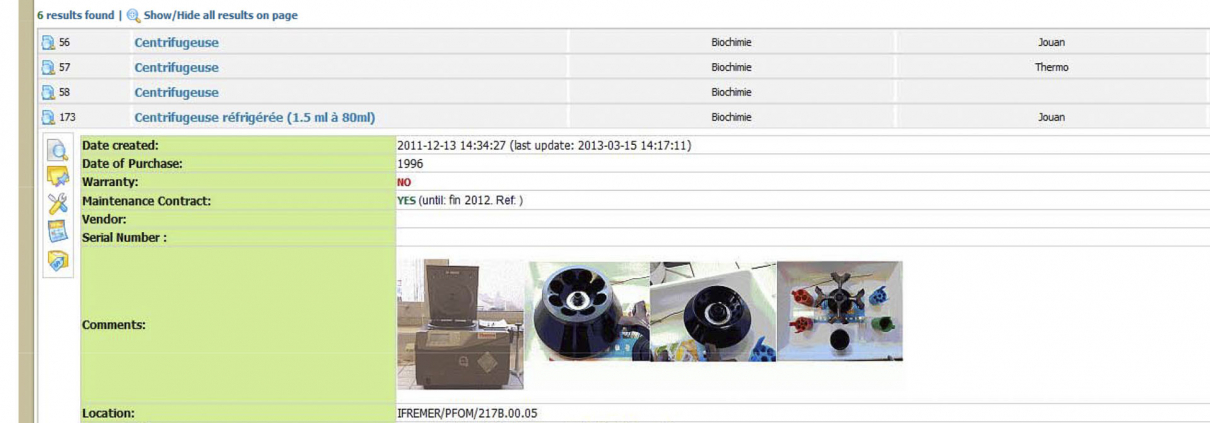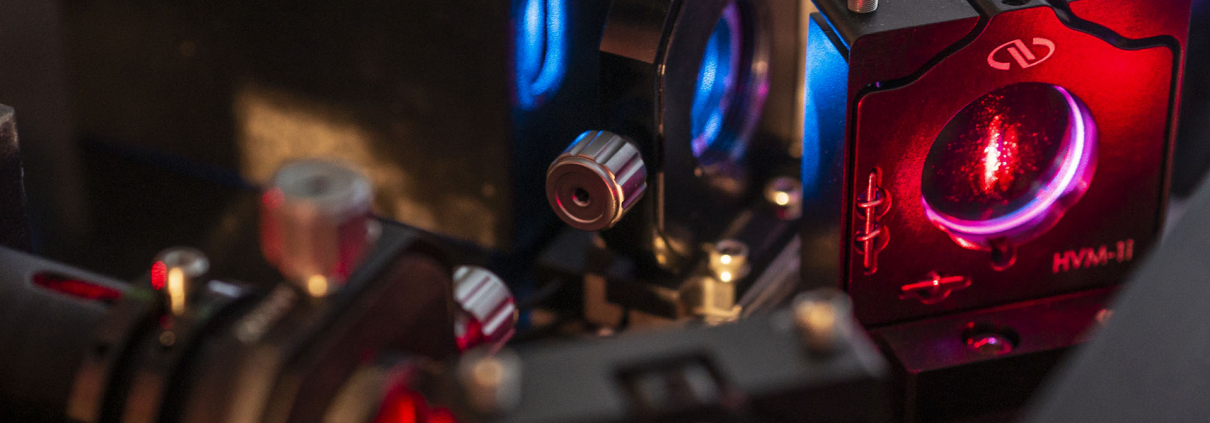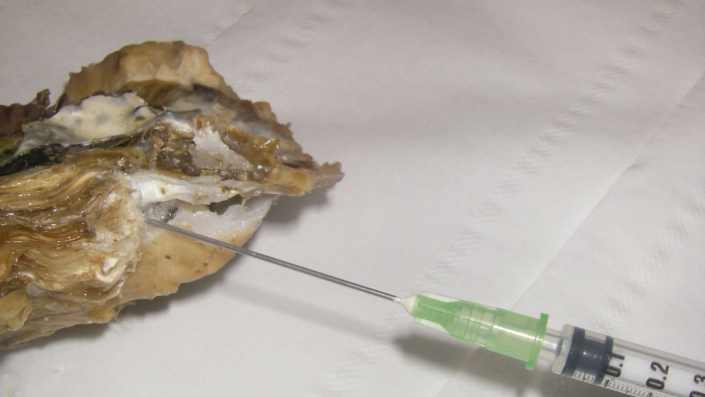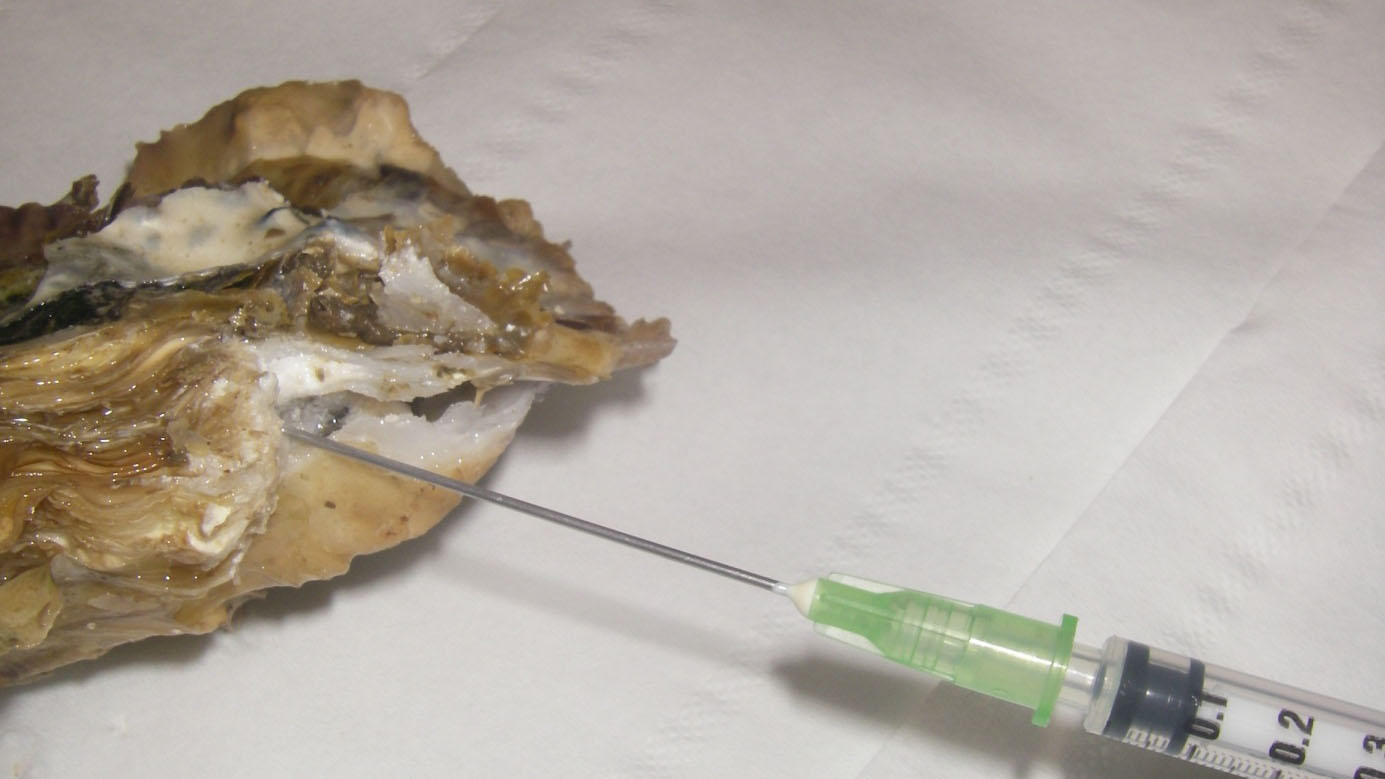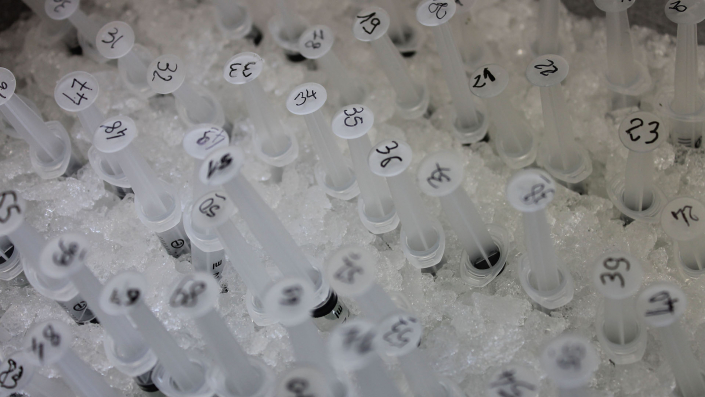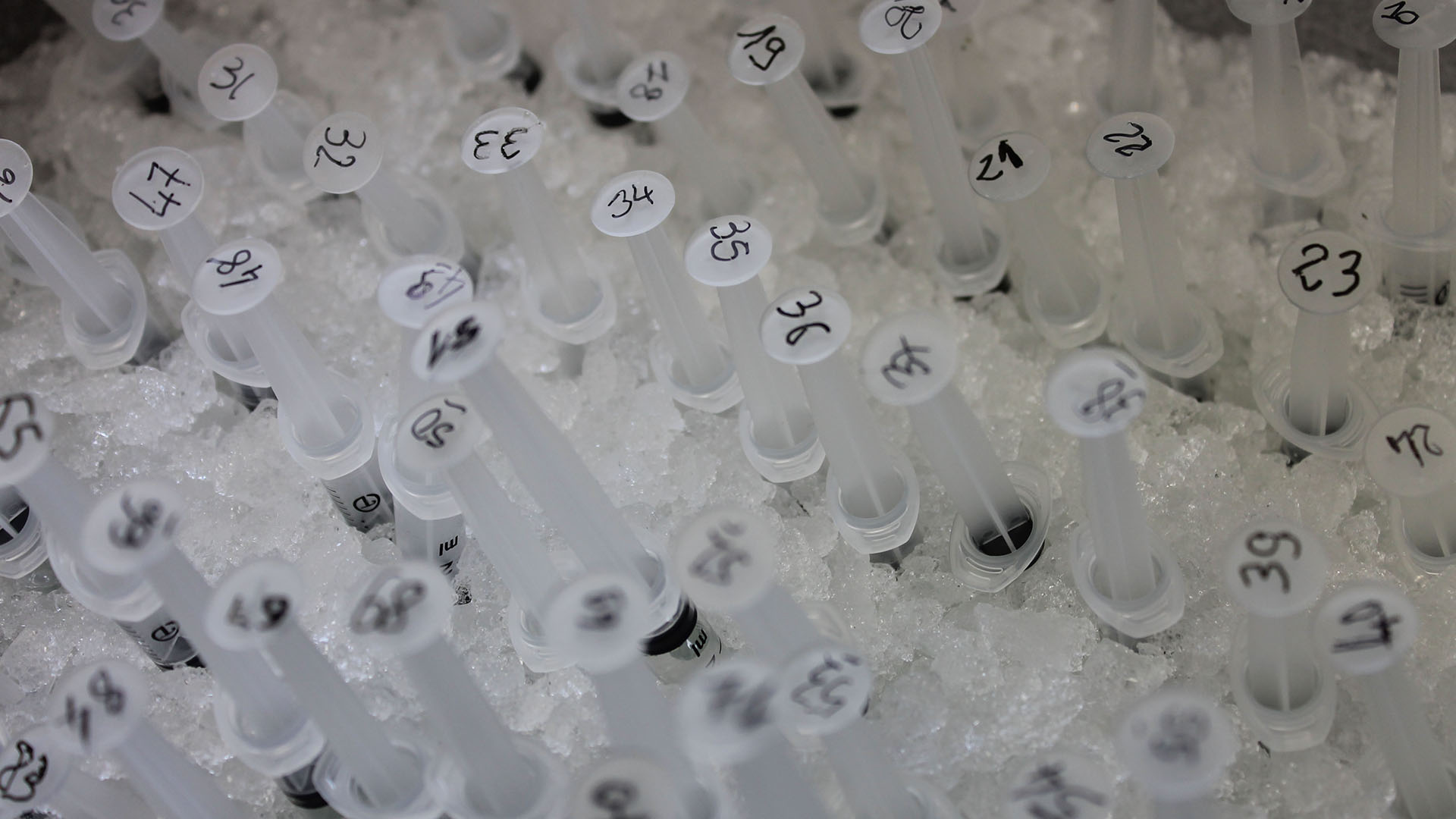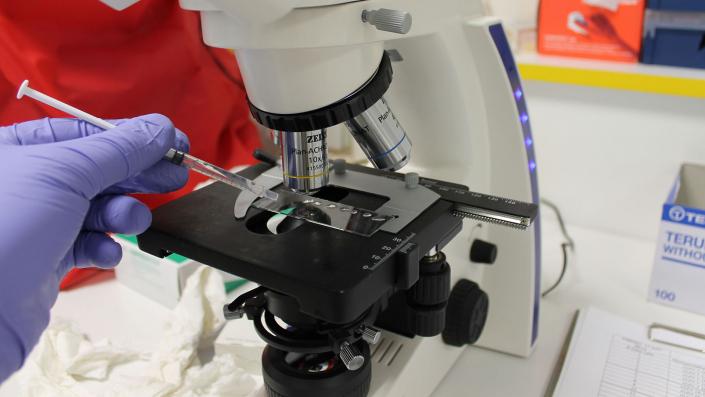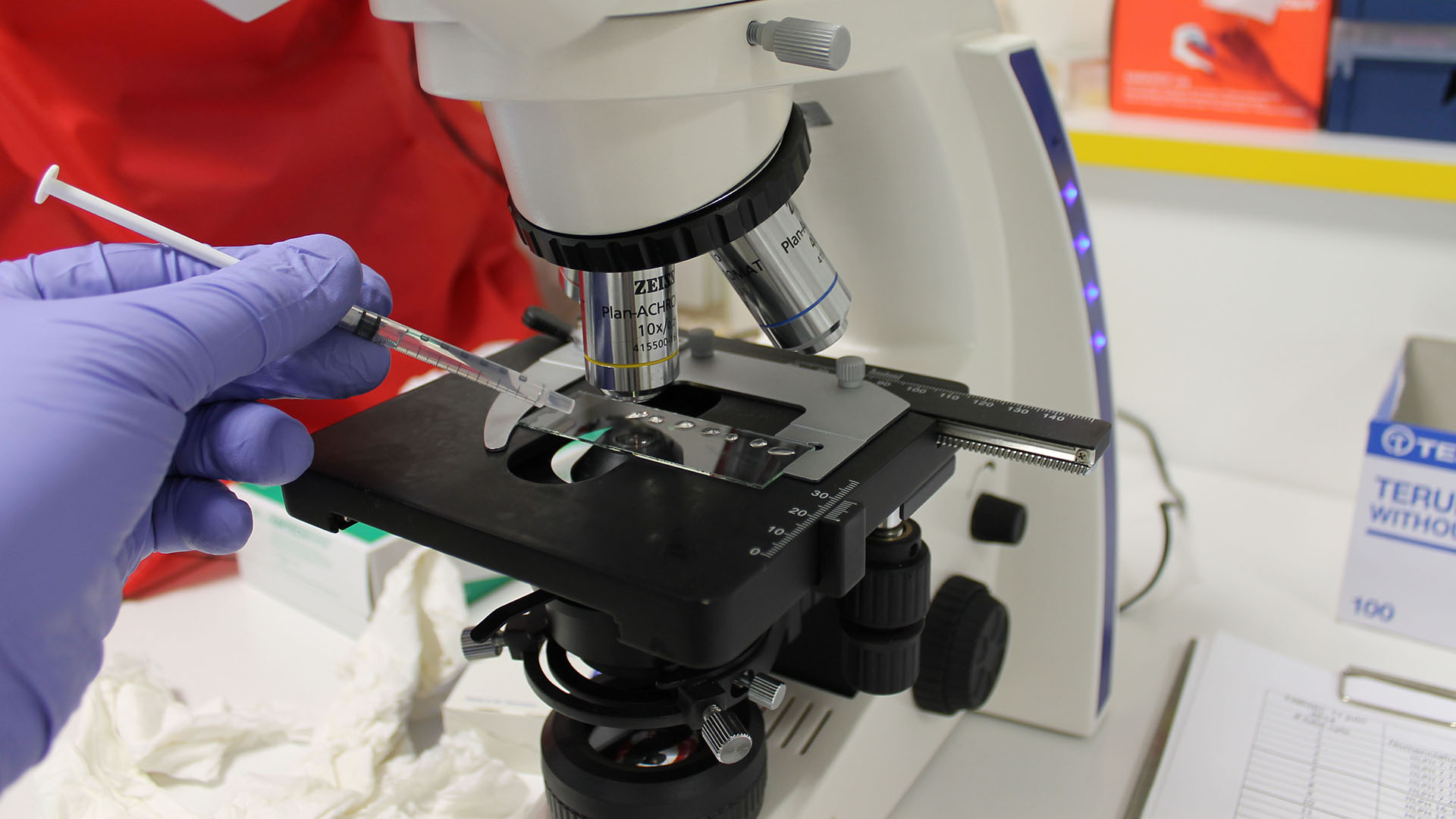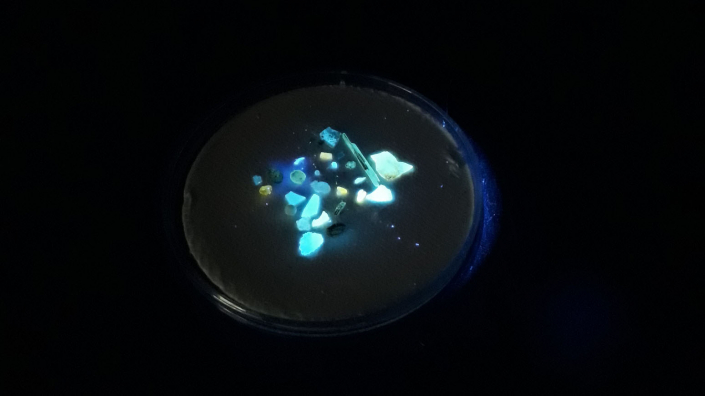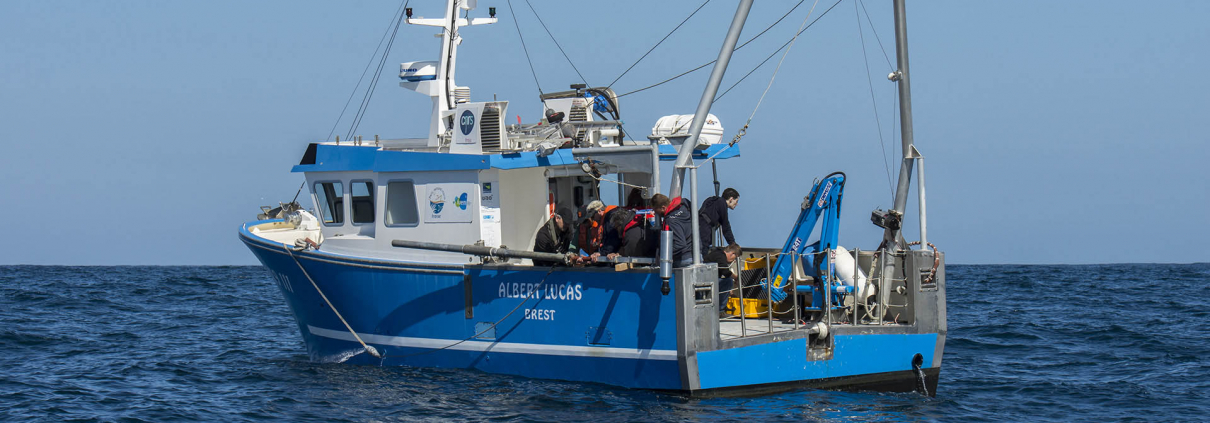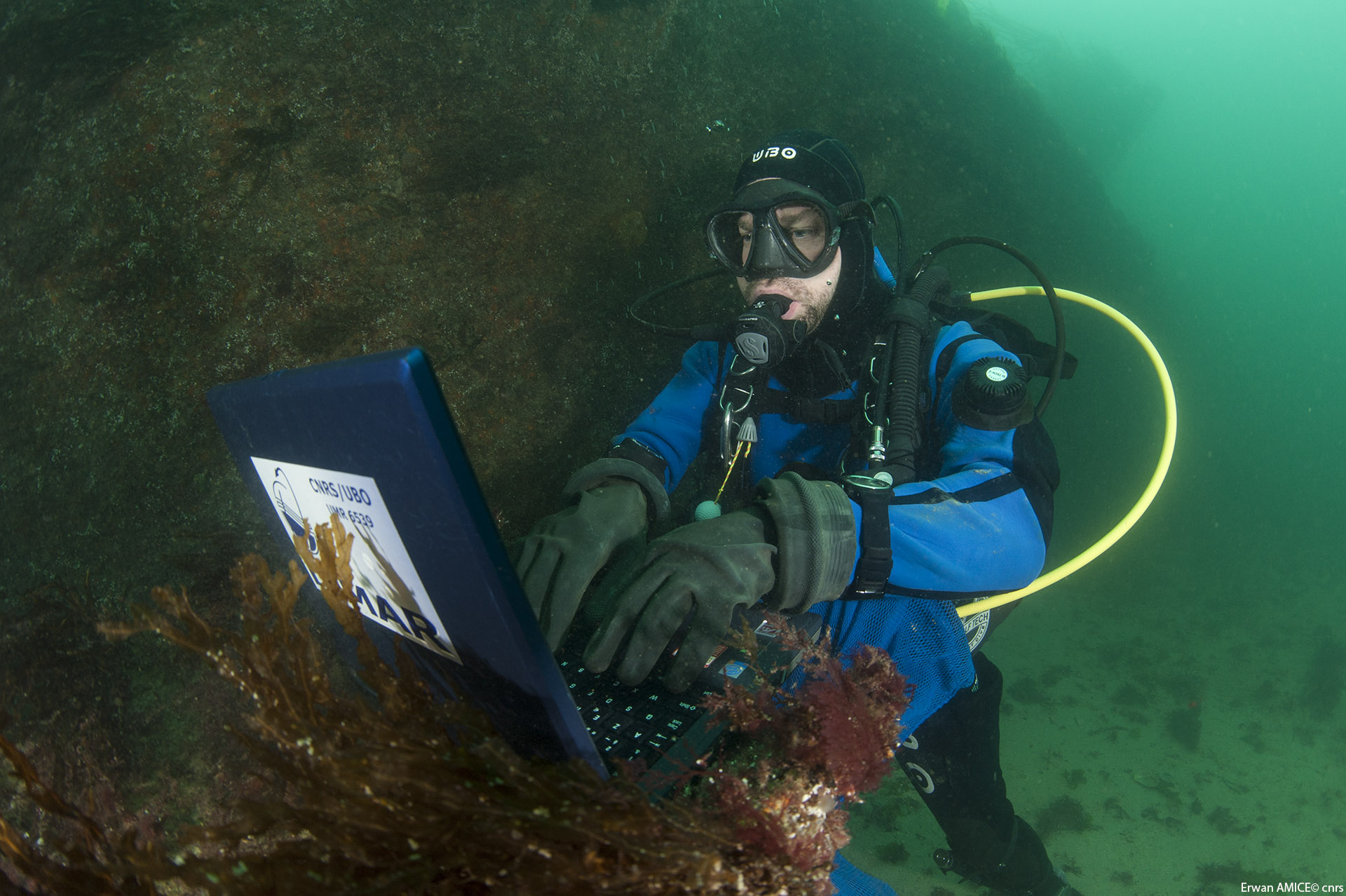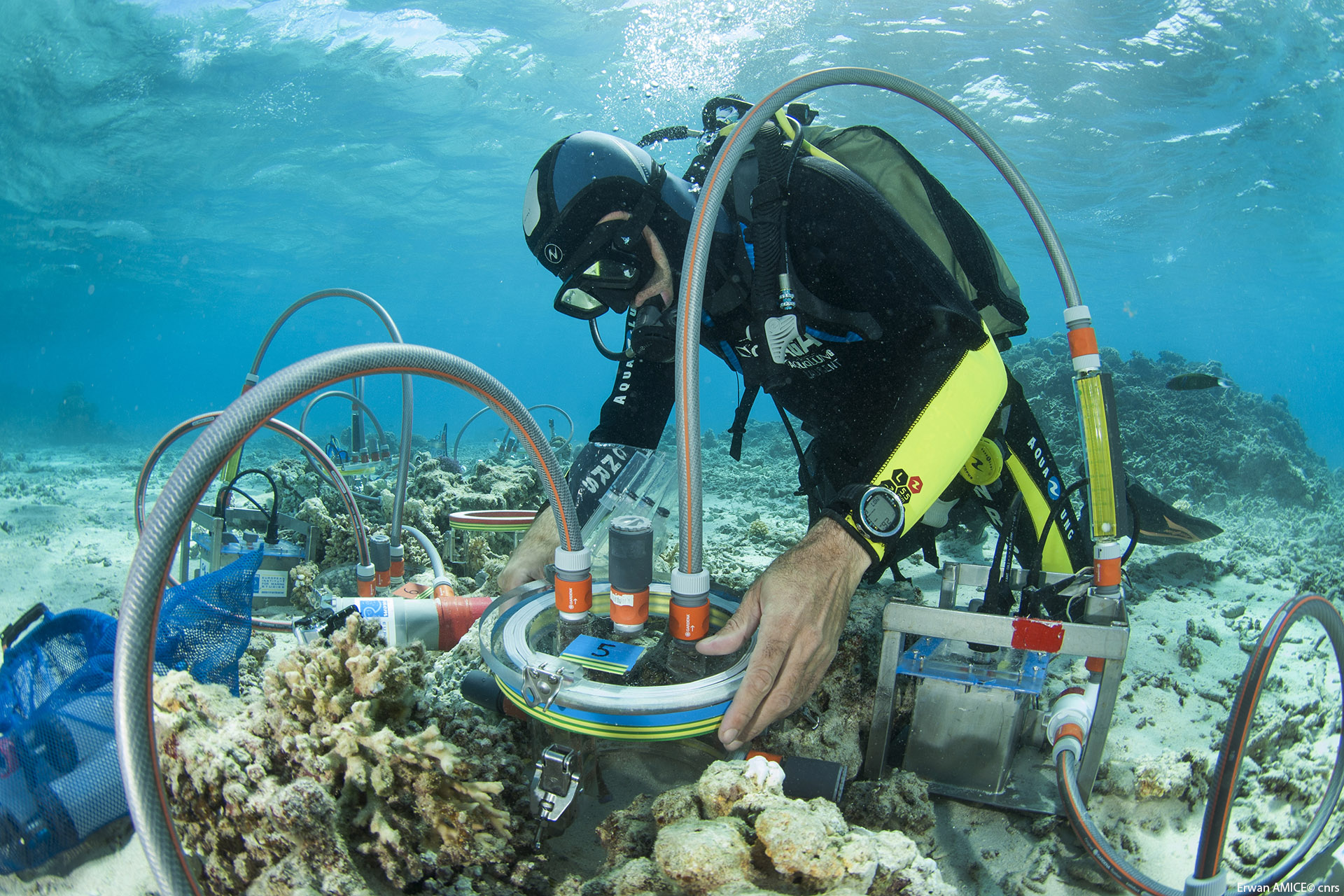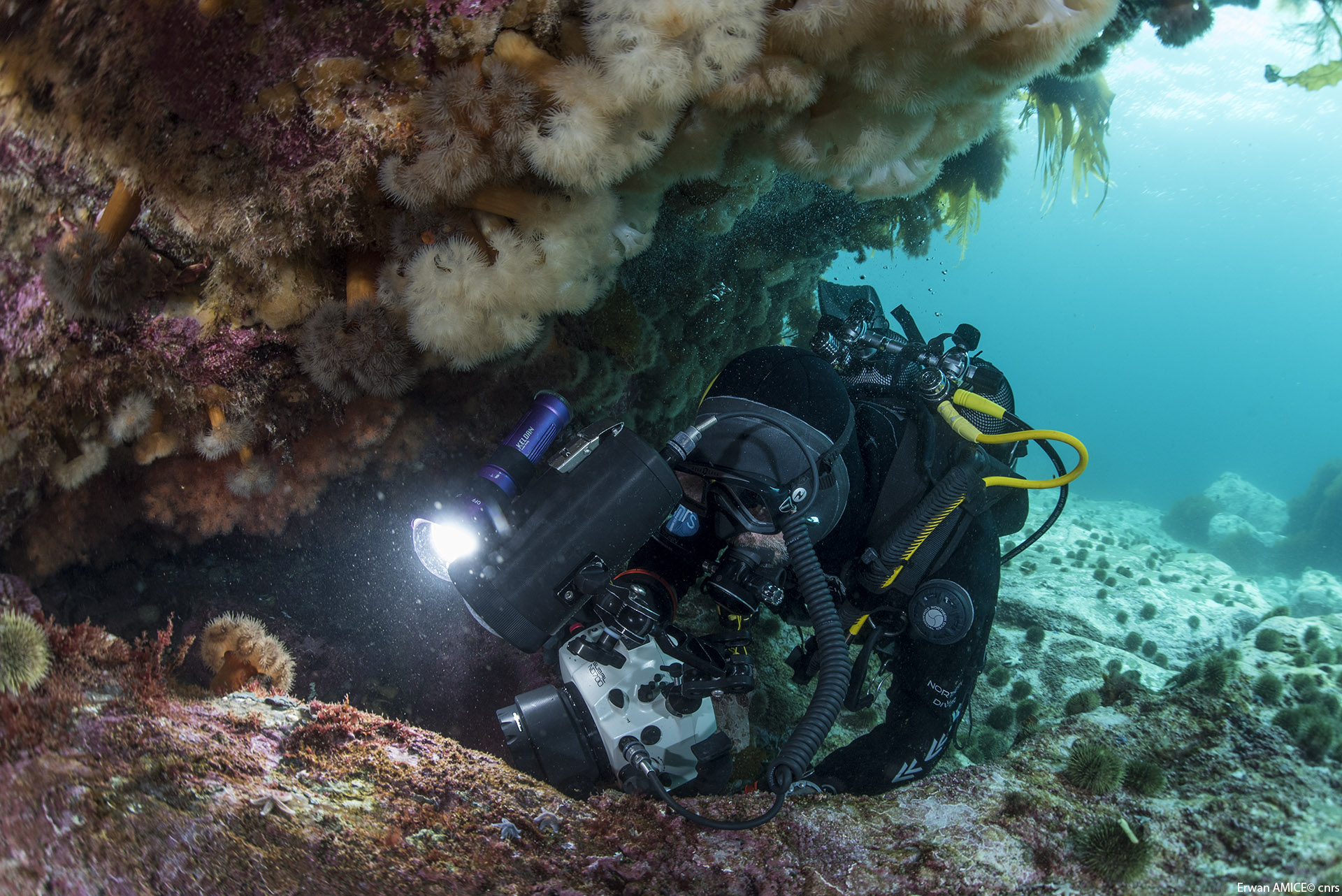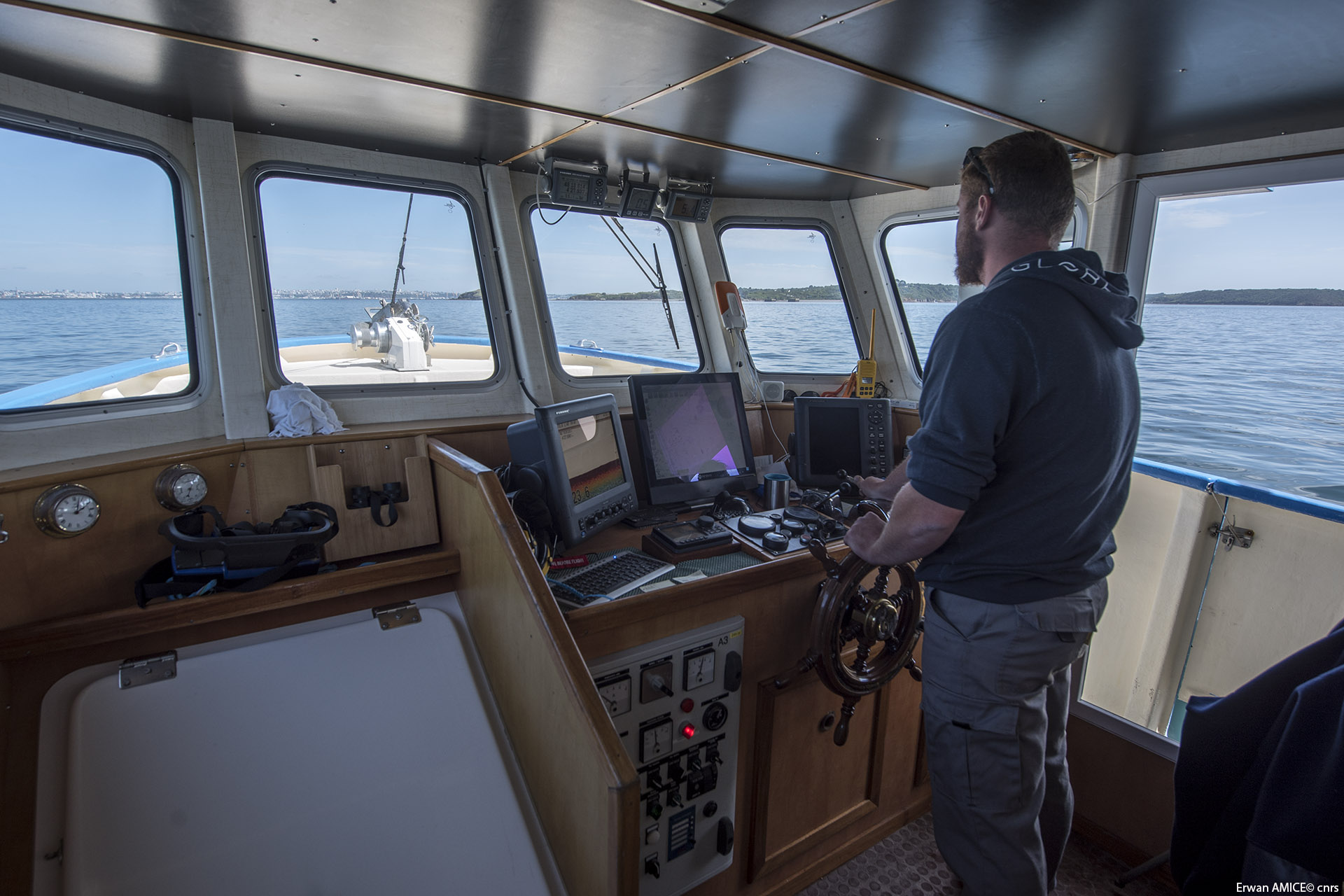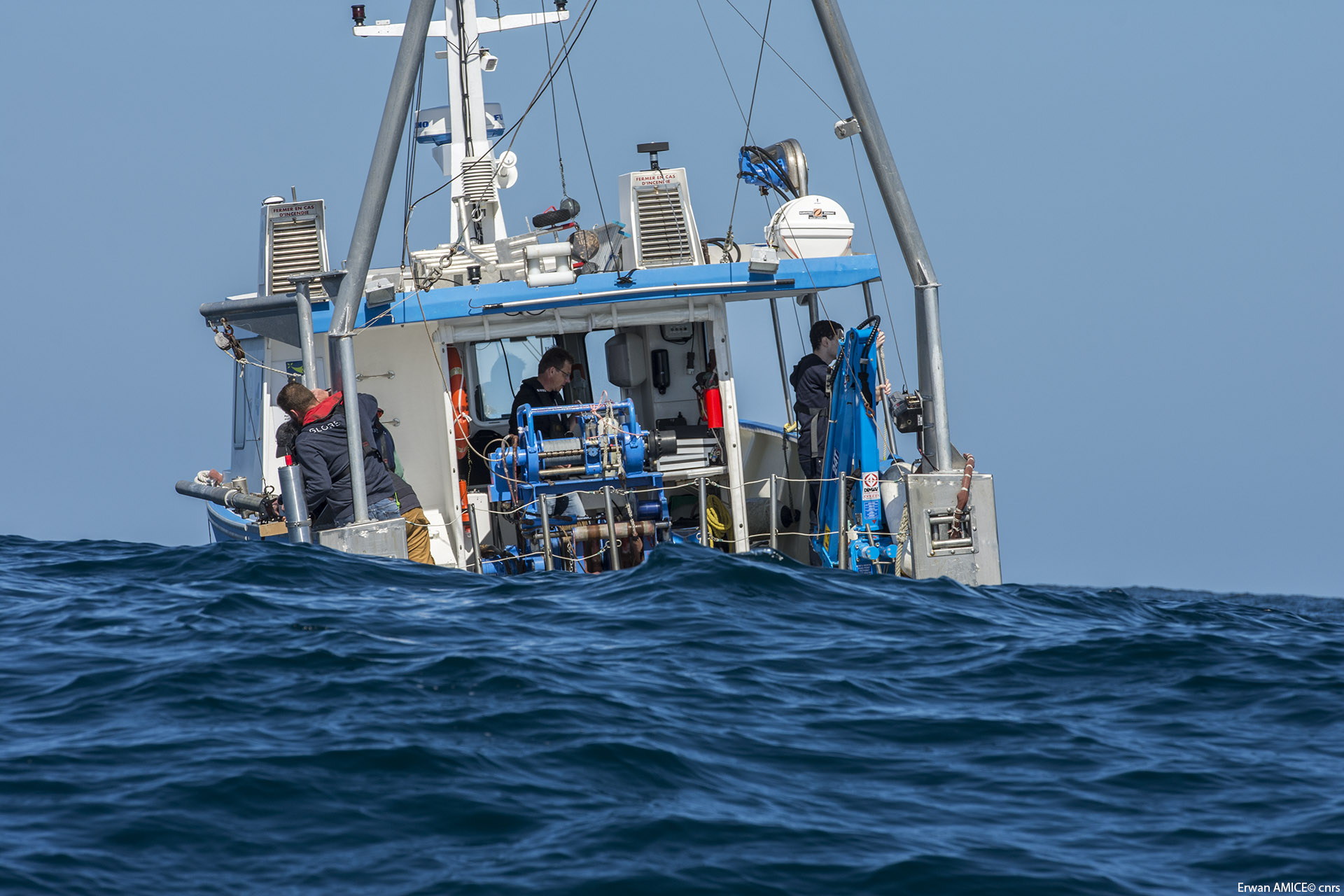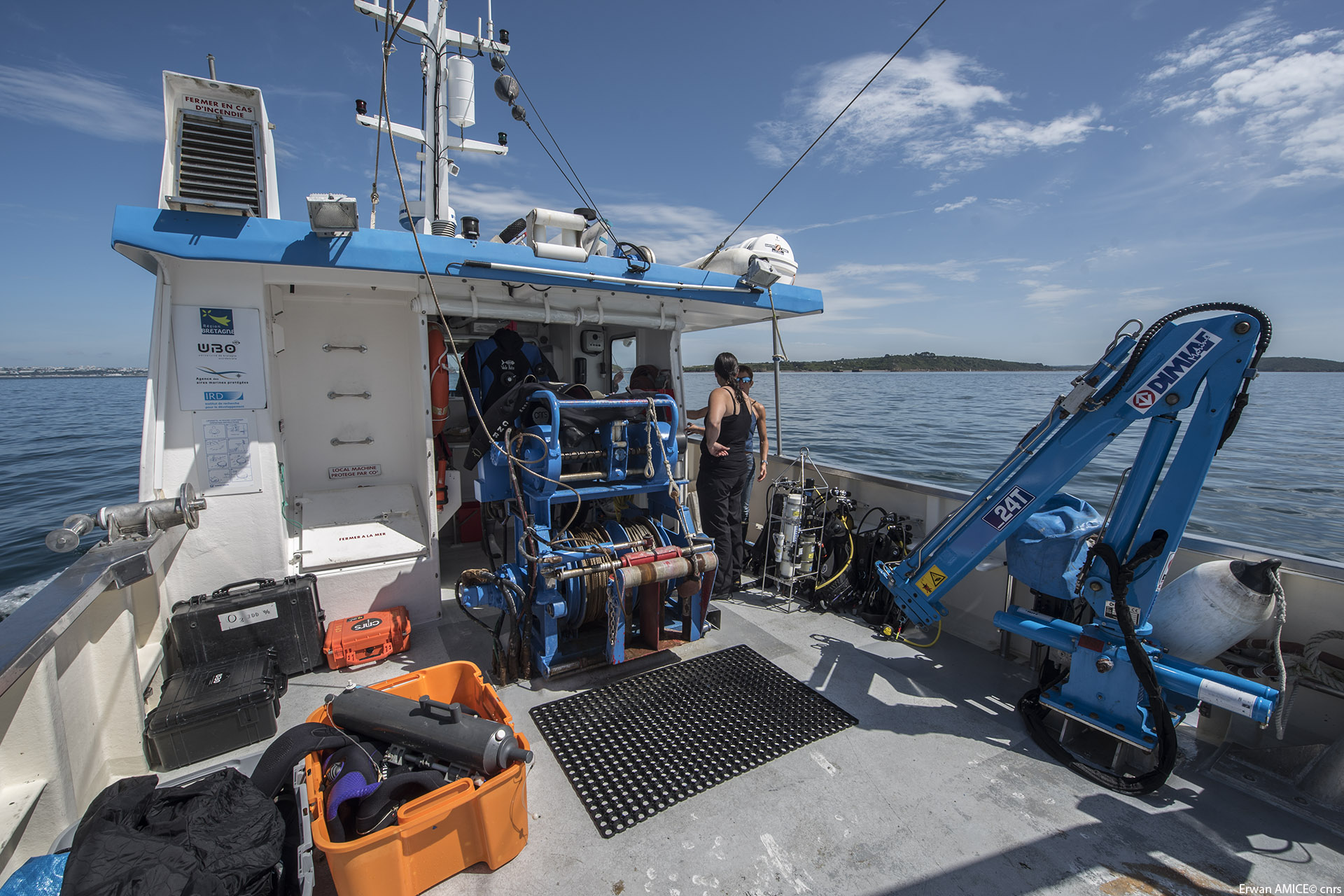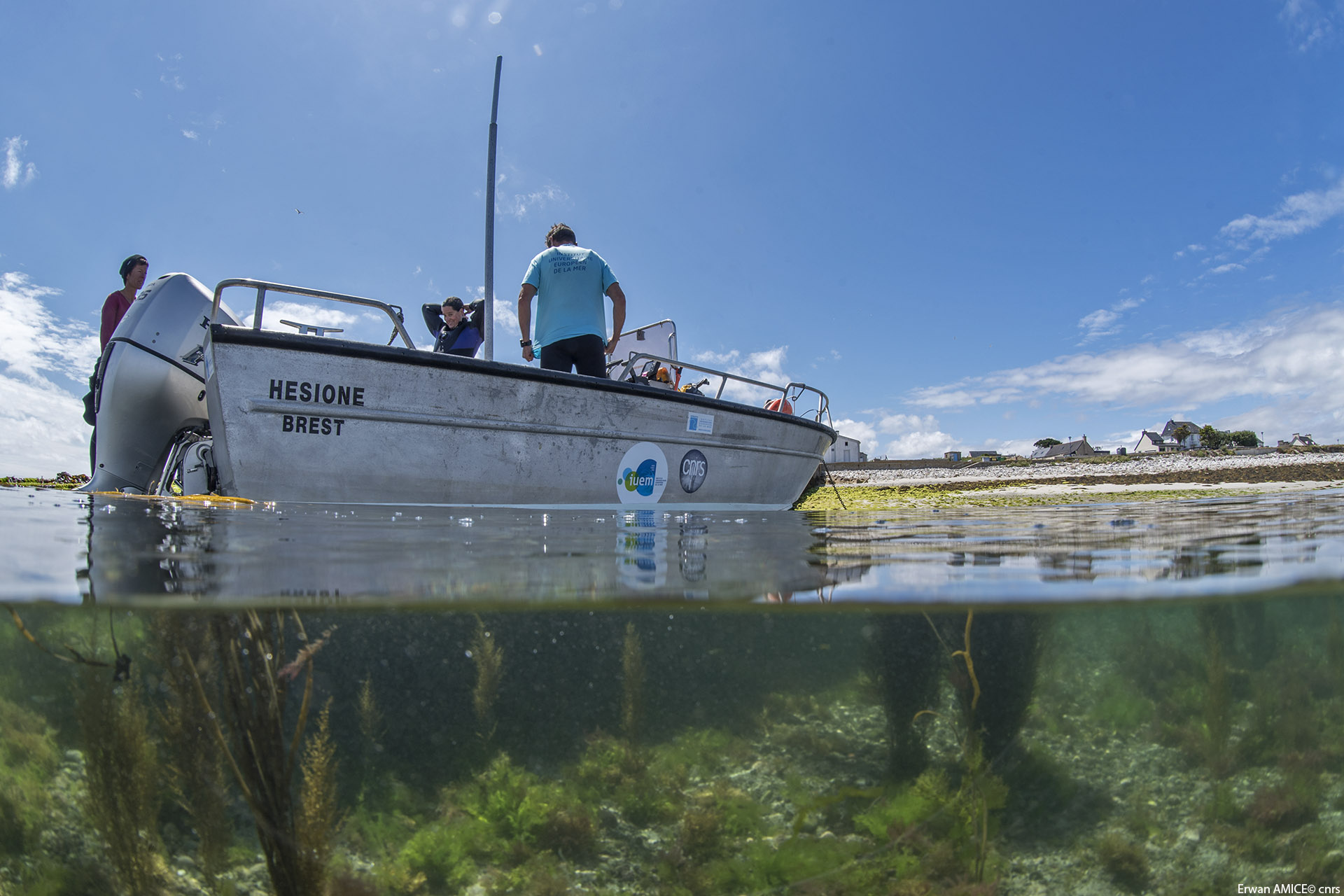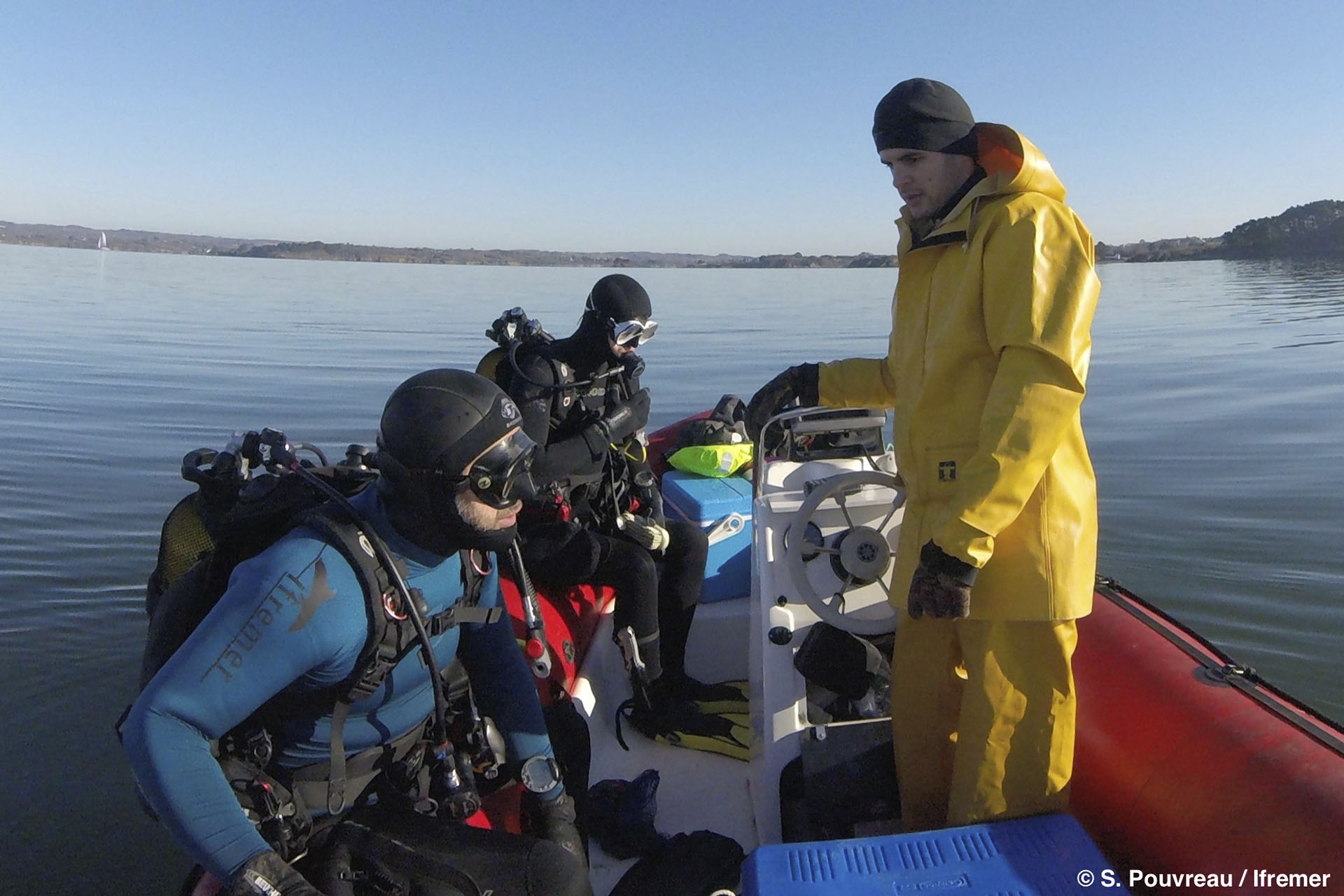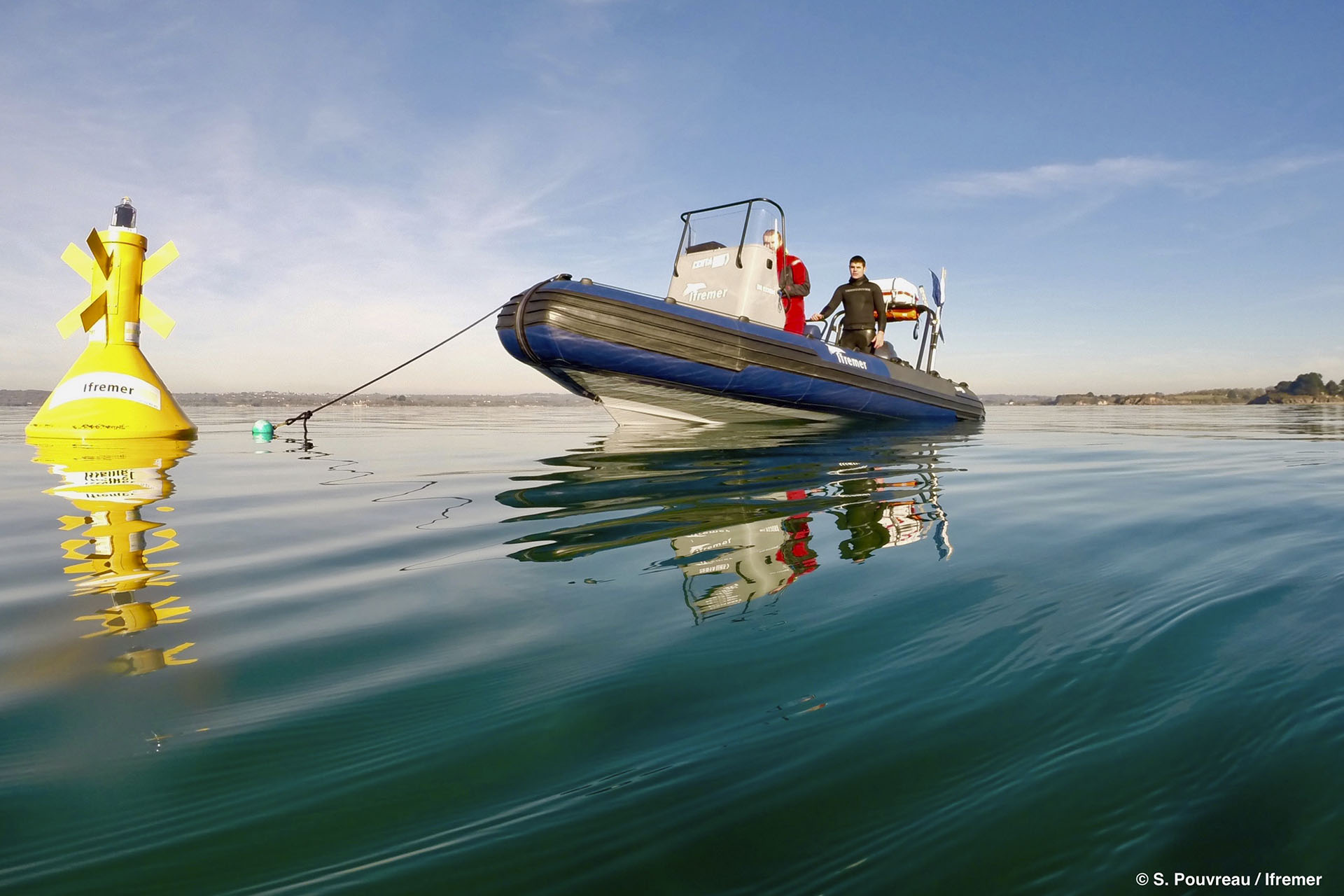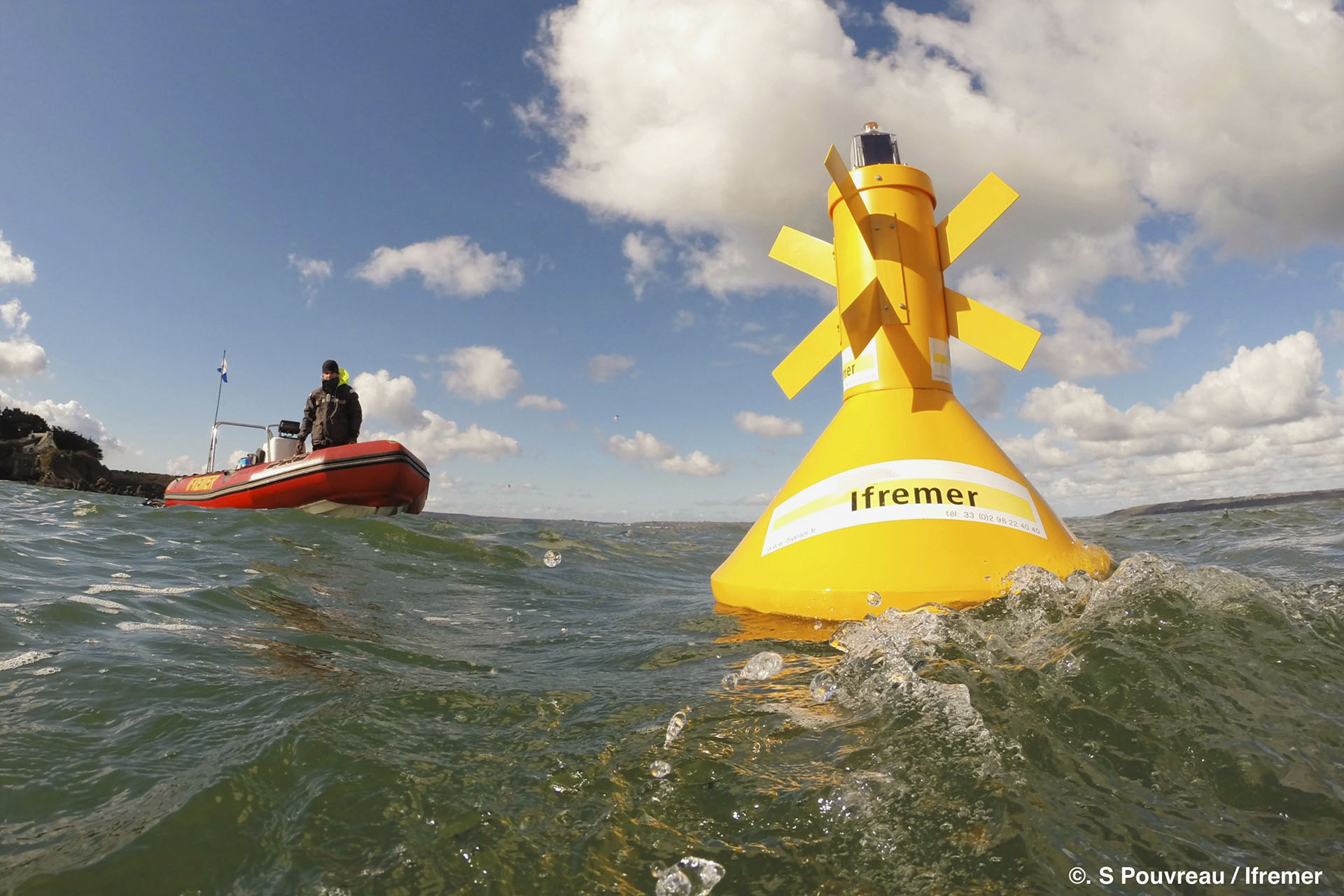Copyright : Laboratoire LEMAR- 2018
Cytometry
The technical platform CYTOMETRIE aims to study cell characteristics. The determination of these characteristics allows the phenotyping of cell populations as well as the evaluation of numerous cellular functions.
The characteristics studied in the laboratory can be both descriptive (size, complexity, etc.) and functional, notably through natural fluorescence or that linked to the incorporation of probe molecules. For example, it is possible to study the relative size and complexity of cells nucleic acid content ; intracellular pigments (chlorophyll, phycoerythrin…) ; mitochondrial membrane potential ; lipid content ; cell viability ; signs of apoptosis manifestations ; intracellular oxidative activity ; phagocytosis ; multi-xenobiotic resistance …
The cells or models studied in the laboratory are varied: shellfish hemocytes (clams, oysters, clams, abalones, etc.), sperm and oyster oocytes, marine phytoplankton cells, toxic or not, marine bacteria, marine viruses, fish blood cells, etc.
LEMAR has three main types of tools to evaluate these cellular characteristics, often complementary: flow cytometry, epifluorescence microscopy and flow imaging.
Flow cytometry is a technique for analyzing cells suspended in a liquid flow. After excitation by a laser beam, the cells then diffuse or emit light signals. Quantifying these signals reveals their optical characteristics.
Flow cytometry is a qualitative and quantitative technique that can process up to 10,000 events per second.
Epifluorescence microscopy is a microscopic observation technique that takes advantage of the fluorescence of objects, allowing a specific structure, compound and/or activity to be visualized.
Epifluorescence microscopy, combined with the possibility of optical cuts (pseudo-confocal technique), makes it possible to image objects in three dimensions.
Stream imaging is a technique for acquiring images of objects measuring from a few microns to 2 mm present in a liquid stream.
Image acquisition can be triggered by the presence of a fluorescent signal. An image analysis software coupled to this system allows the selection of objects of interest and the measurement of many descriptive parameters (diameter, perimeter, volume, circularity, concentrations…)
Scientific diving and resources at Sea
Scientific diving
Scientific diving is a research tool widely used by researchers, engineers and technicians working in the coastal area.
Several hundred dives are carried out annually by IUEM divers. Most of these dives are devoted to carrying out experiments, collecting living material, taking pictures and videos and installing and reading measuring instruments or experimental devices.
IUEM divers hold a Certificate of Hyperbaric Ability (CAH), governed by the texts of the French Ministry of Labour. They regularly dive in Brest harbour. They also regularly dive on all French coasts, in metropolitan France and overseas, as well as abroad. In addition, for the past fifteen years, the Brest diving team has specialized in polar diving, whether in the Arctic or Antarctica.
IUEM resources at sea
Albert Lucas
The Albert Lucas is an oceanographic research vessel that allows us to observe the coastal environment in order to better understand its evolution. Launched in June 2010, it is the co-ownership of the European University Institute of the Sea and the Iroise Marine Natural Park.
As a station ship, it operates up to 20 miles from the coast (approx. 32km), at an average speed of 10 knots (approx. 18km/h). It therefore operates mainly in the bay of Brest and within the perimeter of the Iroise Marine Natural Park. That is 3,500km² from the island of Sein to that of Ouessant and up to the limits of French territorial waters.
This area benefits from a geographical situation that is particularly favourable to the development of research on the evolution of coastal systems. The ship’s versatile equipment allows researchers from various disciplines (biology, geology, chemistry, ecology, physical and chemical oceanography) to carry out multiple tasks. Albert Lucas also serves to set up an observation network for the coastal domain, an objective of the Institute as an Observatory of the Sciences of the Universe. The ship also provides training opportunities for IUEM students, allowing them to learn modern oceanographic techniques. In addition, it meets the need for knowledge and protection of the marine environment of the Iroise Marine Natural Park. The ship can also be used for the deployment and recovery of geophysical instruments, diving assistance missions and the testing of new experimental methods.
The Albert Lucas is part of the French Oceanographic Fleet. The outing schedules and their objectives are planned on the basis of a call for tenders system. It can be operated almost all year round by a professional crew for day trips.
Albert Lucas is named after a marine biologist, specialist and pioneer in shellfish aquaculture, who was involved in the creation of the Faculty of Science in Brest. In the 1950s, he was also the founder of the Society for the Study and Protection of Nature in Brittany (now Living Brittany), the magazine Penn ar Bed and the first nature reserves in Brittany.
The Hésione
The Hésione is a lightweight 6.15m aluminium boat. It can accommodate up to 6 people to navigate during the day, in the bay of Brest and the Iroise Sea. Equipped with depth sounder, GPS, a stand for CTDs and Niskin bottles, it can also be beached and perform diving assistance missions. Thanks to its size, it can be used in rivers and towed on trailers.
Ifremer’s lightweight resources at sea
Phyto II & Mat’Eo
The Phyto II and Mat’Eo are two lightweight boats (Zodiac type) of 4m50 and 6m50 respectively. Dedicated mainly to professional diving activities, these two semi-rigid boats can respectively accommodate 3 to 6 divers, up to 6 miles from a shelter for the Mat’Eo. Stored in hangars at the Ifremer site in Plouzané, these boats are available on trailers and can very quickly go on mission in different coastal environments in the Channel or the Atlantic. Thanks to its very shallow draught and great manoeuvrability, Phyto II can be used in many small coastal and estuarine environments. The Mat Eo, which is larger, is equipped for more offshore trips, for example in the Iroise Sea. Given the ongoing projects, these boats are currently used more than 60 days each year.

